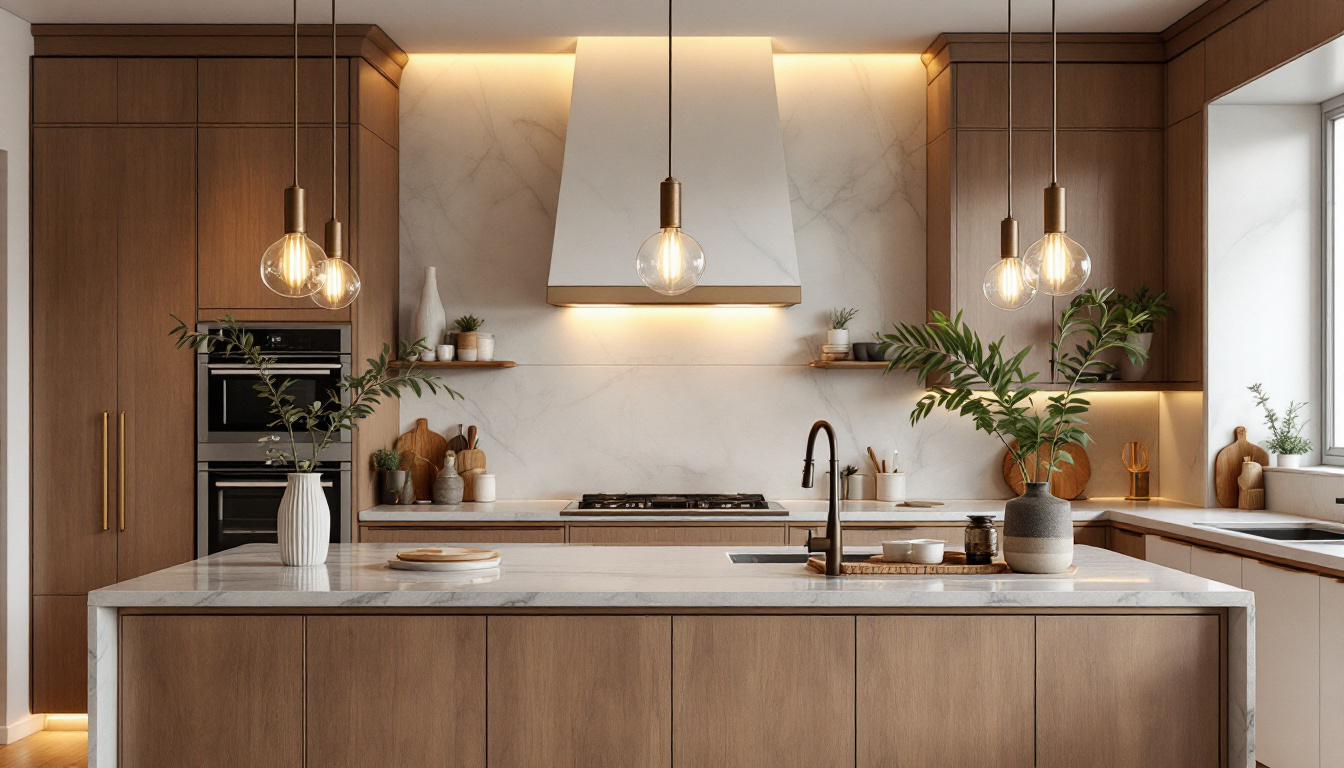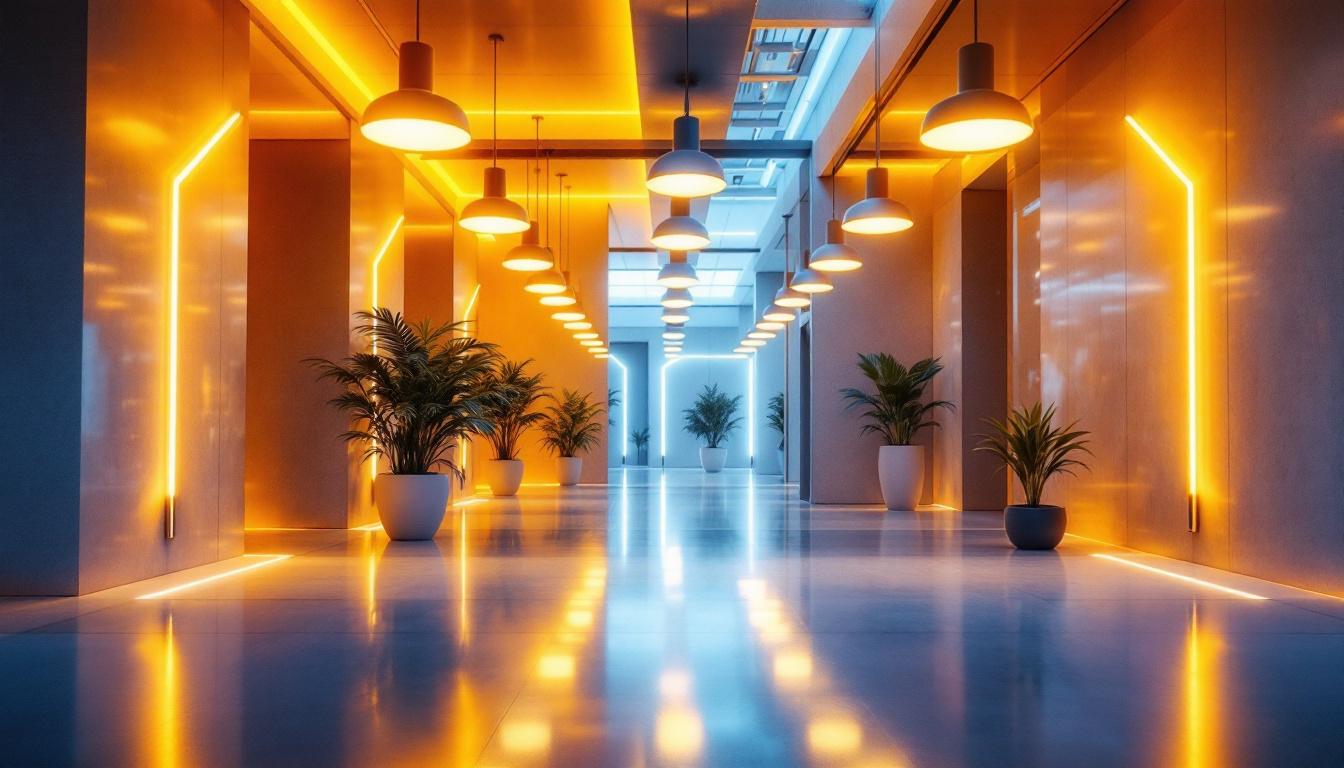
As the heart of the home, the kitchen serves multiple functions, from meal preparation to family gatherings. One of the most significant features in modern kitchens is the kitchen island, which often doubles as a dining area and a workspace. Proper lighting is essential to enhance the functionality and aesthetics of this space. This article provides expert advice for lighting contractors on selecting and installing kitchen island light fixtures.
Lighting is not merely a practical necessity; it plays a crucial role in setting the mood and enhancing the overall design of a kitchen. kitchen island lighting should be both functional and stylish, striking a balance between illumination and aesthetics.
When considering kitchen island lighting, it is essential to recognize the various tasks performed in this area. From cooking to socializing, the lighting should cater to diverse needs, ensuring the space is well-lit and inviting. The kitchen island often serves as a gathering spot for family and friends, making it vital that the lighting creates a warm and welcoming atmosphere that encourages interaction and connection.
Choosing the right fixtures involves understanding the dual role of lighting: providing adequate illumination while also complementing the kitchen’s design. pendant lights, for example, can serve as focal points that enhance the kitchen’s style, whether it be modern, traditional, or eclectic. The variety of styles available—from sleek, minimalist designs to ornate, vintage-inspired pieces—allows homeowners to express their personal taste while ensuring the lighting serves its purpose effectively.
Moreover, the height at which fixtures are hung can significantly affect both functionality and aesthetics. Fixtures should be positioned to provide optimal light without obstructing sightlines or creating glare. Additionally, considering the finish and material of the fixtures can further enhance the kitchen’s overall aesthetic; for instance, a brushed nickel finish might lend a contemporary feel, while a bronze fixture could evoke a rustic charm.
Layering light is a key concept in effective kitchen design. It involves combining ambient, task, and accent lighting to create a well-rounded illumination scheme. Ambient lighting provides general illumination, while task lighting focuses on specific work areas, such as the kitchen island. This approach not only enhances functionality but also allows for flexibility in how the space is used throughout the day, adapting to different activities and moods.
For kitchen islands, pendant lights or chandeliers can serve as task lighting, while recessed lighting can provide ambient light. Accent lighting, such as under-cabinet lights, can further enhance the space, adding depth and interest. Incorporating dimmer switches can also be a game-changer, allowing homeowners to adjust the brightness according to the time of day or the occasion, whether it’s a lively dinner party or a quiet family breakfast. This versatility in lighting design not only elevates the kitchen’s functionality but also transforms it into a dynamic space that can adapt to various needs and preferences.
When selecting fixtures for kitchen islands, several factors should be considered, including size, style, and functionality. The right choice can elevate the kitchen’s design while ensuring adequate illumination for various tasks. A well-lit kitchen island not only enhances the aesthetic appeal but also improves the overall usability of the space, making it a central hub for cooking, dining, and socializing.
The size of the kitchen island plays a critical role in determining the appropriate fixture size. A large island may require multiple pendant lights or a larger chandelier to ensure adequate lighting coverage. Conversely, smaller islands may only need a single fixture. It’s essential to take into account the height of the ceiling as well; higher ceilings may allow for larger fixtures to hang lower, creating a more dramatic effect without sacrificing light quality.
As a general rule, the diameter of pendant lights should be about one-third the width of the island. This proportion helps maintain visual balance and ensures that the fixtures provide sufficient light without overwhelming the space. Additionally, spacing between multiple fixtures should be consistent, typically around 30 to 36 inches apart, to create a cohesive look that draws the eye without cluttering the area.
The style of the fixtures should harmonize with the overall kitchen design. For instance, a sleek, modern kitchen may benefit from minimalist pendant lights, while a rustic kitchen might call for fixtures with a vintage or industrial flair. Mixing styles can also create an eclectic look, but it’s important to do so thoughtfully to avoid a disjointed appearance.
Color and finish also play a significant role in the selection process. Fixtures in metallic finishes can add a touch of elegance, while matte or textured finishes can create a more casual vibe. It’s essential to consider how the chosen fixtures will interact with other elements in the kitchen, such as cabinetry and countertops. For example, a brass fixture can beautifully complement warm wood tones, while a polished chrome finish may enhance a contemporary, monochromatic palette.
Beyond aesthetics, functionality is paramount. Dimmable fixtures can provide versatility, allowing homeowners to adjust the lighting based on the time of day or the activity taking place. Additionally, consider fixtures with adjustable heights or directional lighting to enhance task illumination. This is particularly useful when preparing meals or engaging in other activities that require focused light, as it allows for customization based on individual needs.
Energy efficiency is another critical factor. LED fixtures not only consume less energy but also have a longer lifespan, making them a cost-effective choice for homeowners. Moreover, many modern LED fixtures come with smart technology options, enabling users to control lighting through their smartphones or voice-activated devices. This level of convenience not only enhances the functionality of the kitchen but also aligns with the growing trend of integrating smart home technology into everyday living spaces.
Proper installation is crucial to ensure the effectiveness and safety of kitchen island lighting. Lighting contractors should adhere to best practices to achieve optimal results.
The height at which fixtures are hung can significantly impact their effectiveness. As a general guideline, pendant lights should be installed 30 to 36 inches above the countertop. This height ensures adequate illumination while allowing for unobstructed views across the island.
When installing multiple fixtures, spacing is also key. A good rule of thumb is to space pendant lights 24 to 30 inches apart, depending on the size of the fixtures and the island. This spacing helps create a cohesive look while providing even lighting across the surface.
Safety should always be a priority during installation. Ensure that all wiring is up to code and that fixtures are securely mounted. Using junction boxes and ensuring proper grounding can help prevent electrical hazards.
Additionally, consider the weight of the fixtures being installed. Heavier fixtures may require additional support, such as mounting to ceiling joists, to ensure stability and safety.
Once the kitchen island lighting is installed, ongoing maintenance is essential to ensure longevity and optimal performance. Regular cleaning and inspections can help prevent issues and keep fixtures looking their best.
Different materials require different cleaning methods. For glass or crystal fixtures, a gentle glass cleaner can help maintain clarity and shine. For metal fixtures, a soft cloth and mild soap can effectively remove dust and grime without damaging the finish.
It’s also important to check for loose bulbs or connections periodically. Replacing burnt-out bulbs promptly and ensuring all fixtures are securely fastened can help maintain a safe and functional lighting environment.
As design trends evolve, homeowners may wish to update their kitchen island lighting. Lighting contractors should be prepared to offer advice on current trends and styles, helping clients choose fixtures that align with their evolving tastes.
Encouraging clients to consider seasonal updates or changes can also keep their kitchen feeling fresh and inviting. Simple changes, such as swapping out shades or adding decorative elements, can have a significant impact without requiring a complete overhaul.
Staying informed about the latest trends in kitchen island lighting can help lighting contractors provide valuable insights to their clients. Understanding current styles and innovations can enhance the overall design and functionality of kitchen spaces.
Smart lighting technology is rapidly gaining popularity in residential settings. Homeowners are increasingly interested in fixtures that can be controlled via smartphone apps or voice-activated devices. This technology allows for customizable lighting scenarios, enhancing convenience and energy efficiency.
Lighting contractors should familiarize themselves with various smart lighting options, including dimmable fixtures and color-changing LEDs, to better serve their clients’ needs.
Another trend gaining traction is the use of mixed materials and textures in lighting fixtures. Combining metal, glass, and wood can create visually striking designs that add depth and interest to kitchen islands. Lighting contractors should encourage clients to explore unique combinations that reflect their personal style.
Additionally, incorporating natural elements, such as woven or rattan fixtures, can bring warmth and a touch of nature into the kitchen, creating a more inviting atmosphere.
Kitchen island light fixtures play a vital role in enhancing both the functionality and aesthetics of the kitchen space. By understanding the importance of proper lighting, selecting the right fixtures, adhering to installation best practices, and staying informed about current trends, lighting contractors can provide exceptional service to their clients.
Ultimately, the goal is to create a well-lit, inviting kitchen that serves as the heart of the home. With the right expertise and attention to detail, lighting contractors can help homeowners achieve their vision for a beautifully illuminated kitchen island.
Ready to elevate your kitchen island lighting projects with the finest selection of fixtures? Look no further than LumenWholesale, where we offer an extensive range of high-quality, spec-grade lighting products at unbeatable wholesale prices. Our commitment to cutting out the middleman means you enjoy superior lighting solutions without the inflated markups, ensuring your projects shine with reliability and performance. Plus, with the convenience of free shipping on bulk orders, you can trust that you’re getting the best value without any hidden fees. Don’t compromise on quality or affordability—choose LumenWholesale for a seamless blend of excellence and convenience. Wholesale Lighting at the Best Value is just a click away.

Explore the common reasons behind the short lifespan of solar garden lights and discover why understanding these factors is crucial for lighting contractors.

Discover how Sunpark Electronics Corp is revolutionizing the lighting industry with innovative strategies to future-proof your projects.

Discover the essential insights on LED trim lights tailored for lighting contractors.

Discover the top strategies lighting contractors use to optimize grower success.